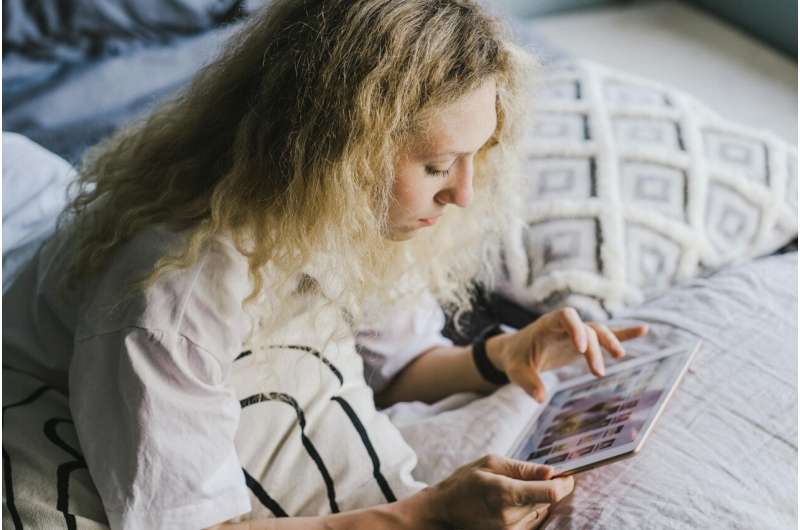The report highlights the growing trend among young Australians (aged 18-29) to turn to social media platforms for crucial sexual and reproductive health support. It reveals how these digital spaces are filling the gaps left by traditional education, providing vital validation, peer support, and access to essential health services. Sexual health and reproductive health are complex and personal topics, and this article explores how technology is empowering young people to take control of their wellbeing.

Filling the Gaps in Sex Education
The report reveals that social media platforms are stepping in to provide the sexual and reproductive health education that young people may have missed in school or require after graduation. These digital spaces are offering much-needed information and validation, particularly for those dealing with chronic conditions or identifying as LGBTQIA+.
According to Professor Kath Albury, the report’s co-author, “There are lots of ‘adult’ topics that school-based sex education doesn’t cover, and social media platforms are filling these gaps with both information and peer support.” This highlights the critical role that technology is playing in empowering young people to take charge of their sexual and reproductive health.
Validating Personal Experiences
The report also emphasizes how social media is serving as a platform for young Australians to find validation and support for their personal experiences. This is especially true for those dealing with conditions like endometriosis or seeking gender-affirming healthcare.
“TikTok is another source of validation, particularly for those experiencing symptoms of conditions such as endometriosis, or those seeking gender-affirming health care,” explains Professor Albury. “This population group are aware that information available online can be inaccurate or catastrophized. But they want health providers to take their health concerns seriously during consultations—even when they mention TikTok.”
Bridging the Gap Between Young People and Health Providers
While young people value factual medical information, the report suggests that this is not the only requirement for effective digital health services. Professor Albury notes that “some organizations assume that hiring young staff will fix this issue, but health workers under 30 are not automatic digital experts, even if they are so-called ‘digital natives.’ The digital transformation of youth sexual and reproductive health is still an under-resourced work-in-progress.”
To address this, Professor Albury and her team are currently building resources to support digital and data capabilities in the sexual and reproductive health sectors. “The sector is beginning to recognize the different ways that digital and data skills, infrastructure and governance can support sexual and reproductive health. But better training and resourcing is still needed for the emerging health workforce,” she says.
